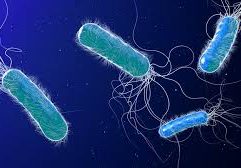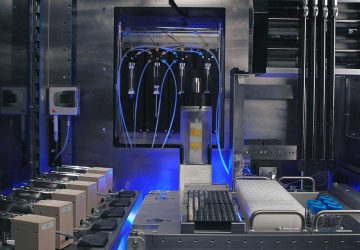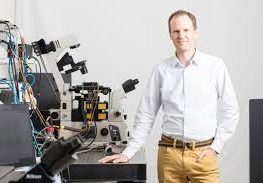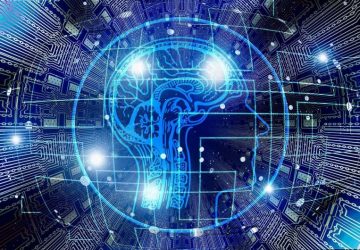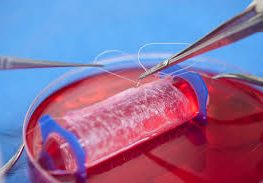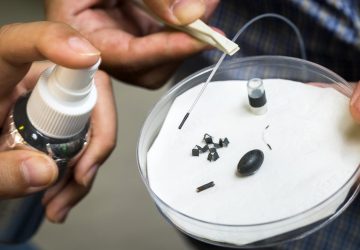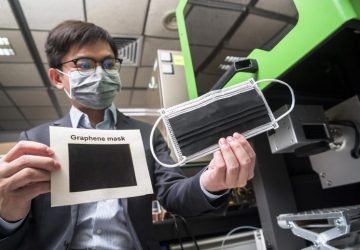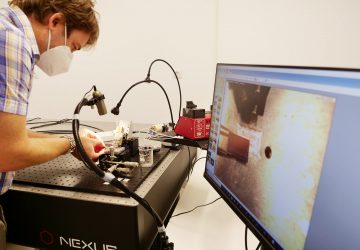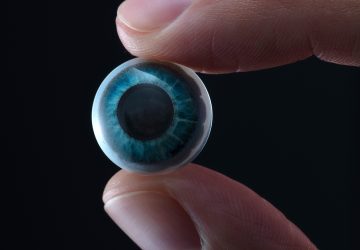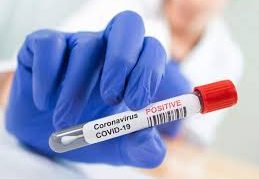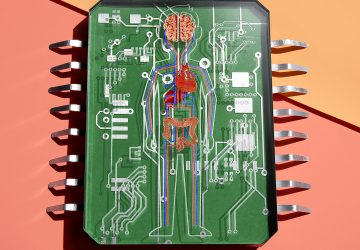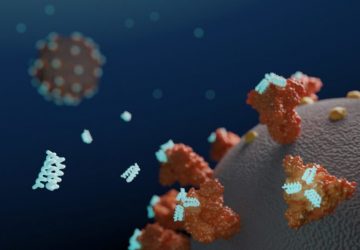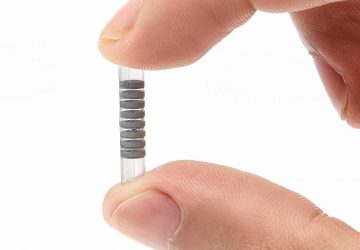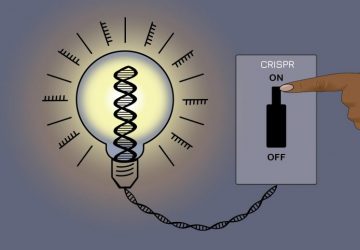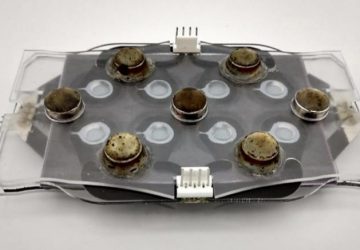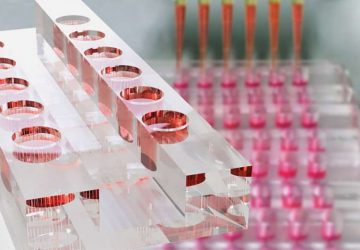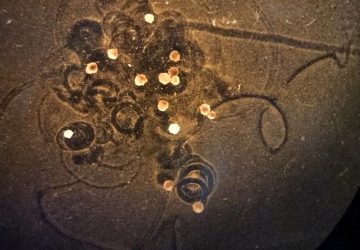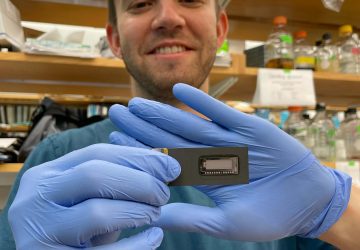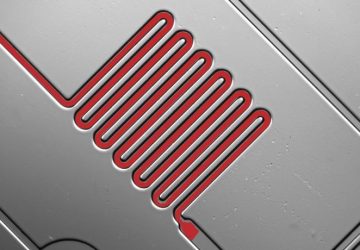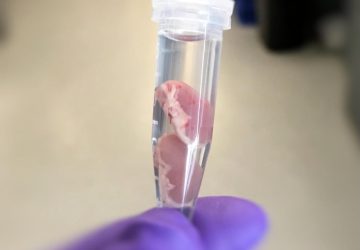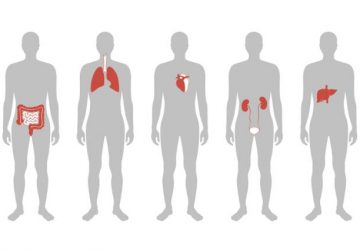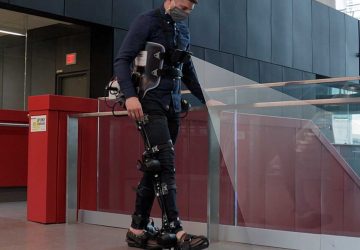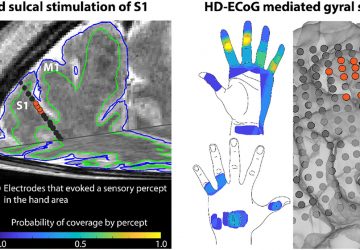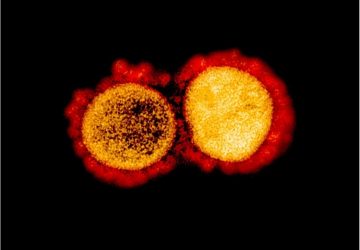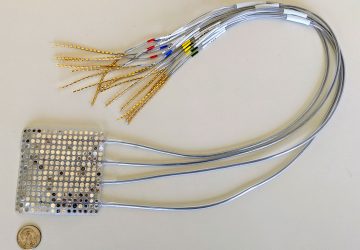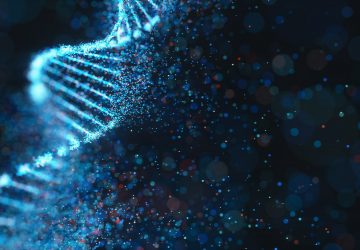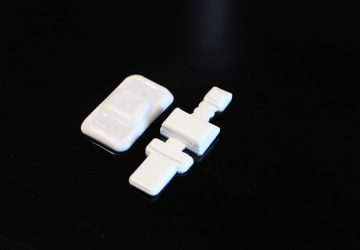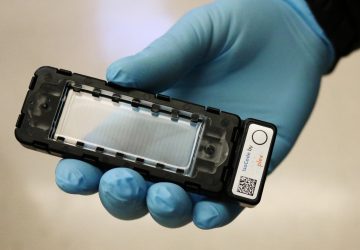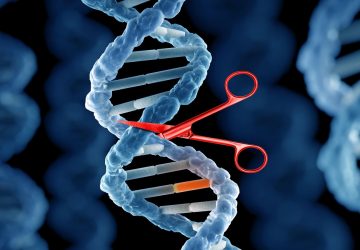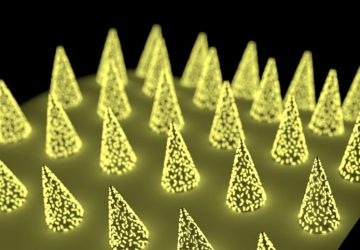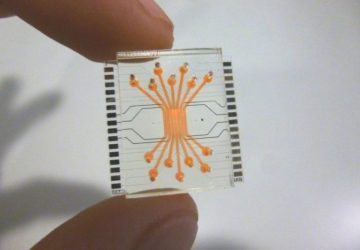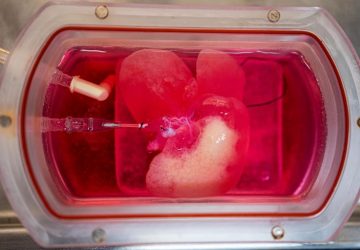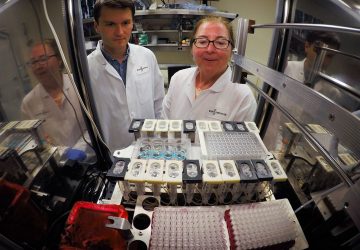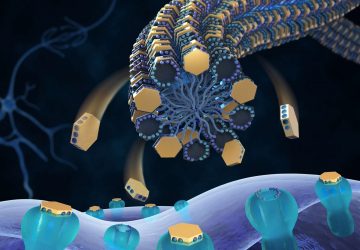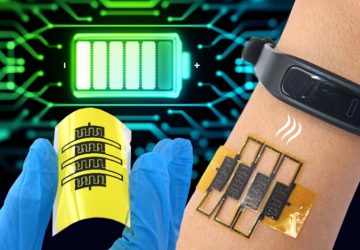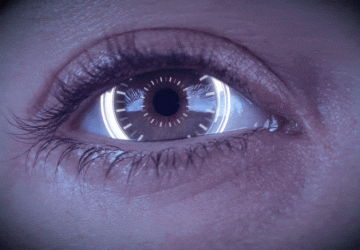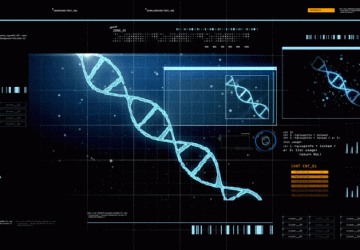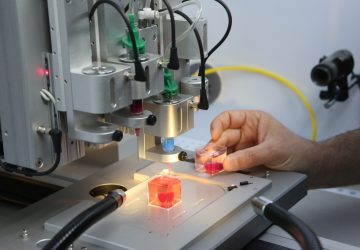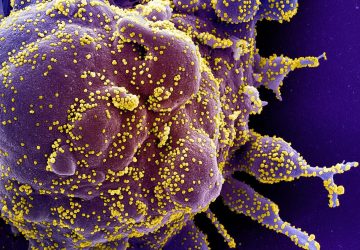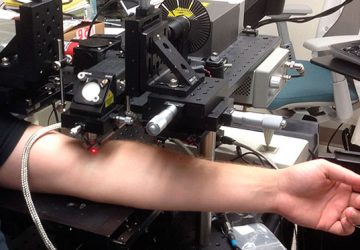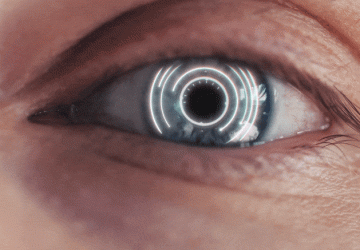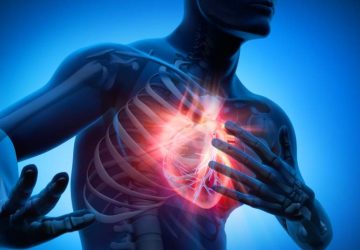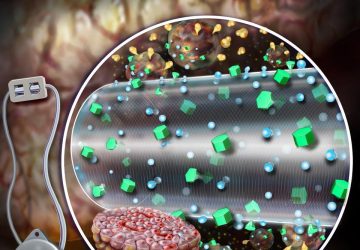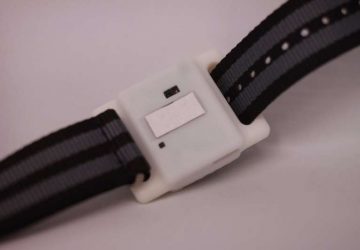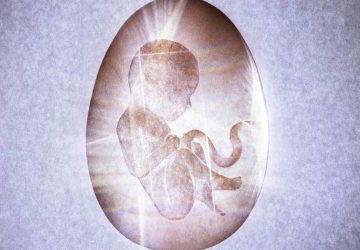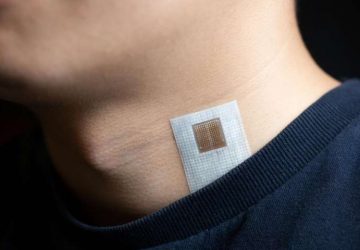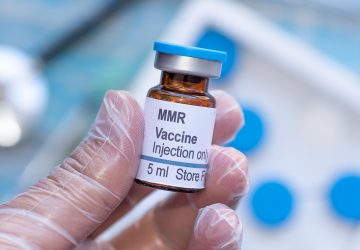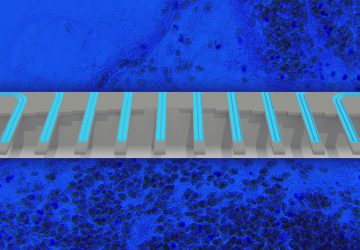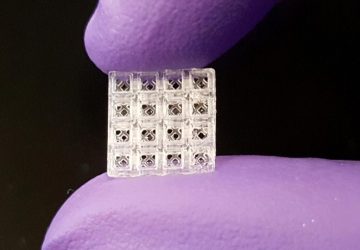Scientists discover an unexpected influence on dividing stem cells’ fate Summary: When it divides, a stem cell has a choice: produce more stem cells or turn into the specific types of cells that compose skin, muscle, brain, or other tissue. New experiments in skin show this decision can be altered if tiny organs within cells aren’t positioned and divvied up properly. When most cells divide, they simply make more of…
Read MoreScientists create mouse that resists cocaine’s lure
Scientists create mouse that resists cocaine’s lure By biochemically ‘hard-wiring’ synapses, they prevent drug addiction Summary: Scientists have genetically engineered a mouse that resists addiction to cocaine. This is a diagram showing synapses in the reward circuit of mice when exposed to cocaine: on left, a normal mouse, and on right, a mouse with increased levels of cadherin. Credit: University of British Columbia Scientists at the University…
Read MoreCultivated scallops populations develop distinct genetic structure
Summary: The scallop is one of the largest edible molluscs, and gourmets consider it to be a great delicacy. To meet this demand, the fishing industry cultivates these shellfish in coastal aquafarms. In a new analysis, behavioural ecologists have confirmed that cultivated scallops developed their own genetic structure that differs from that of natural scallops. The biologists studied a total of nine populations of scallops (Pecten maximus) along the coast…
Read MoreBacteria fed synthetic iron-containing molecules turn into electrical generators
Summary: The bacterial world is rife with unusual talents, among them a knack for producing electricity. In the wild, ‘electrogenic’ bacteria generate current as part of their metabolism, and now researchers have found a way to confer that ability upon non-electrogenic bacteria. This technique could have applications for sustainable electricity generation and wastewater treatment. The bacterial world is rife with unusual talents, among them a knack for producing electricity….
Read MoreDecision-making process of viruses could lead to new antibiotic treatments
Summary: Humans face hundreds of decisions every day. But we’re not alone. Even the tiniest viruses also make decisions, and scientists are researching how they do so, to help lead to better treatments for some diseases. A team of scientists has discovered how the lambda phage decides what actions to take in its host, the E. coli bacterium. Humans face hundreds of decisions every day. But we’re not alone. Even…
Read MoreResearchers explore essential cell behavior with crystal sensor
Researchers explore essential cell behavior with crystal sensor A team of scientists funded by the National Institutes of Health has developed a new tool to monitor under a microscope how cells attach to an adjacent substrate. Studying adhesion events can help researchers understand how tissues grow, how diseases spread, and how stem cells differentiate into more specific cell types. The method provides high-resolution images that can track a cells’ interactions…
Read MoreTissue engineering advance can be important step towards preventing heart failure after heart attack
Tissue engineering advance can be important step towards preventing heart failure after heart attack Researchers have grown heart tissue by seeding a mix of human cells onto a 1-micron-resolution scaffold made with a 3-D printer. The cells organized themselves in the scaffold to create engineered heart tissue that beats synchronously in culture. When the human-derived heart muscle patch was surgically placed onto a mouse heart after a heart attack, it…
Read MoreOrigami of the cell
Cell biologist shows that blocking a critical enzyme helps to mitigate diseases associated with protein folding and lipid stress In the ancient Japanese art of origami, paper must be folded precisely and following a specific order to create the desired result — say, a crane or lotus flower. It’s a complex pursuit that requires keen attention to detail and utmost accuracy. An equally precise biological process in living cells gives…
Read MoreSingle-molecule technique to explain thermodynamic behavior of complex biomolecular systems
Single-molecule technique to explain thermodynamic behavior of complex biomolecular systems Most thermodynamic measurements of binding reactions rely on the validity of the law of mass action and the assumption of a dilute solution. Yet, important biological systems such as allosteric ligand-receptor binding, macromolecular crowding, or misfolded molecules may not fulfill these assumptions and may require a particular reaction model. Today in an article published in Science journal by a team…
Read MoreScientists aim to reduce animals killed in drug testing
Scientists aim to reduce animals killed in drug testing Associate Professor Noriyuki Yanaka and researchers at Hiroshima University have developed a non-invasive way to assess the anti-inflammatory properties of fortified health foods and medications. The team from HU’s Graduate School of Biosphere Science believe their technique for examining fatty tissues will greatly reduce the numbers of lab mice sacrificed and could revolutionize medicinal drug testing. With obesity levels soaring globally,…
Read More
